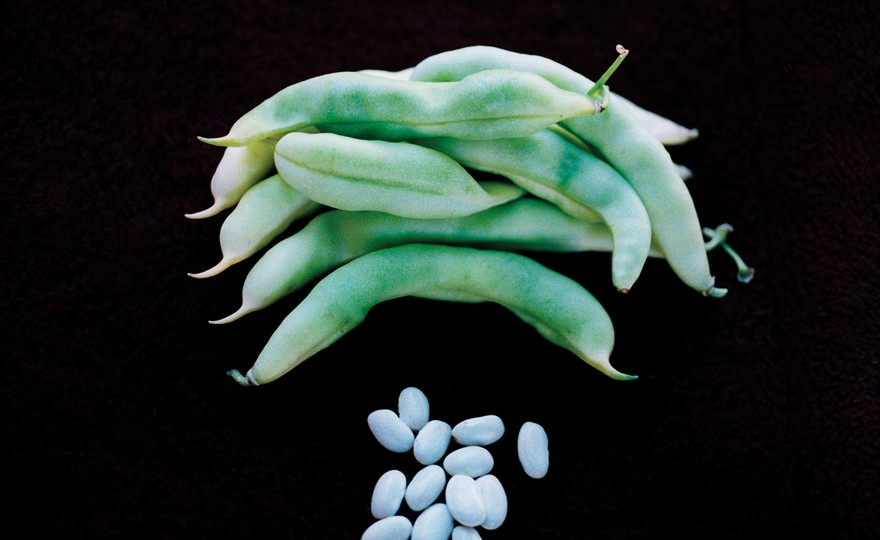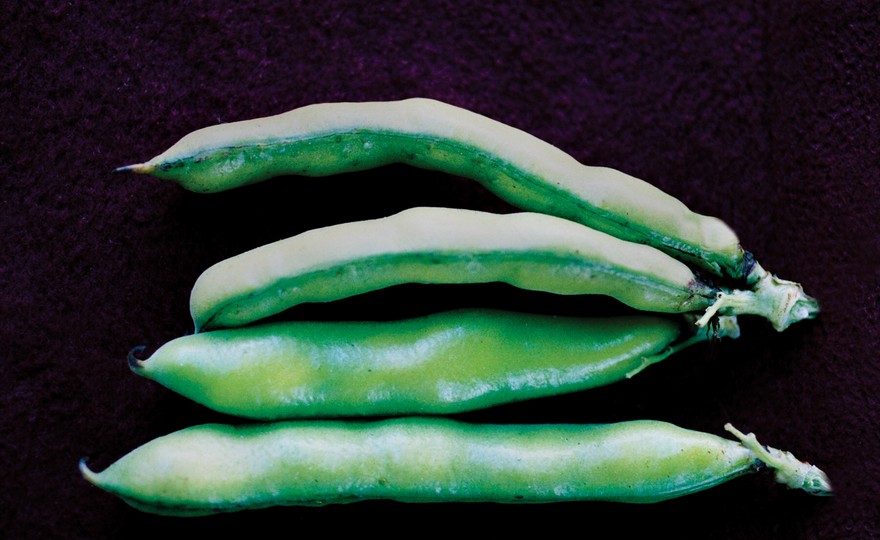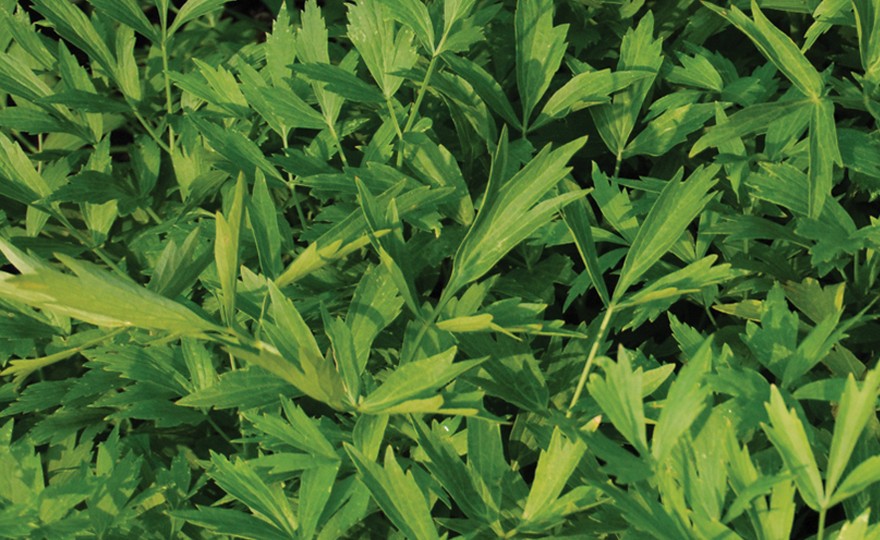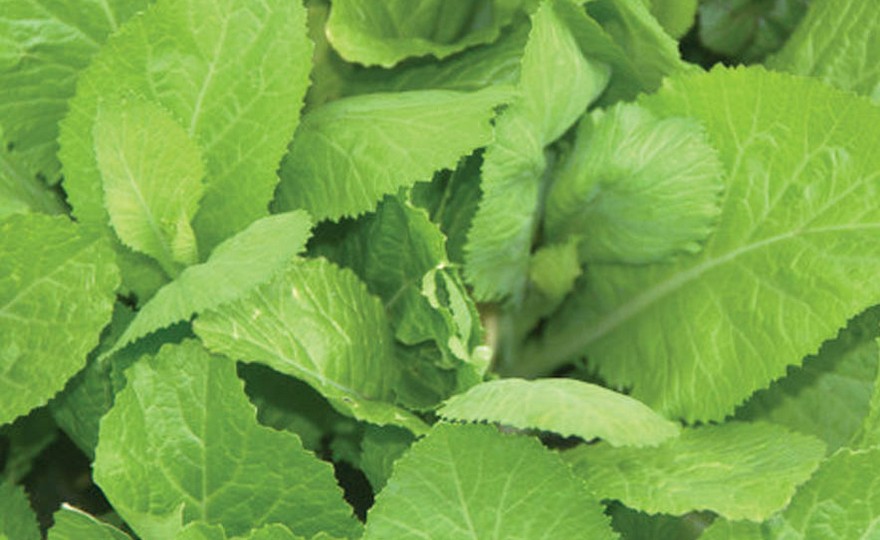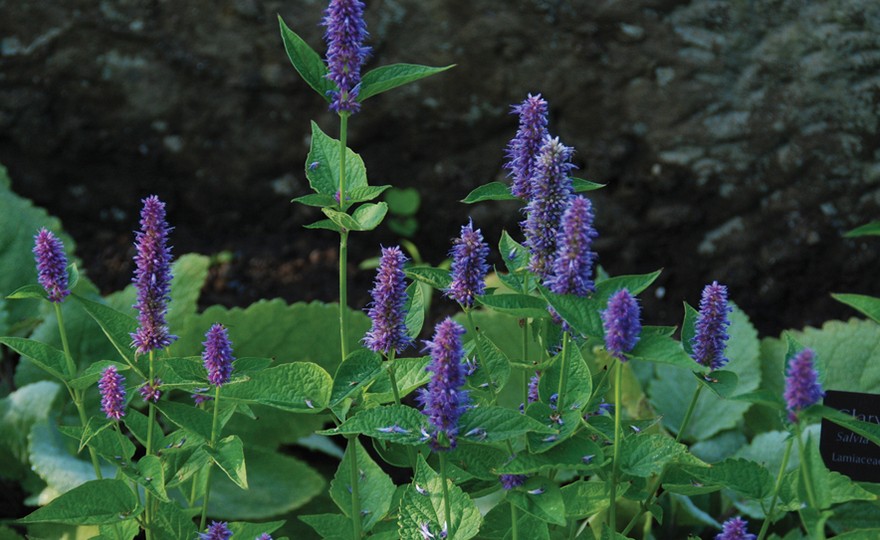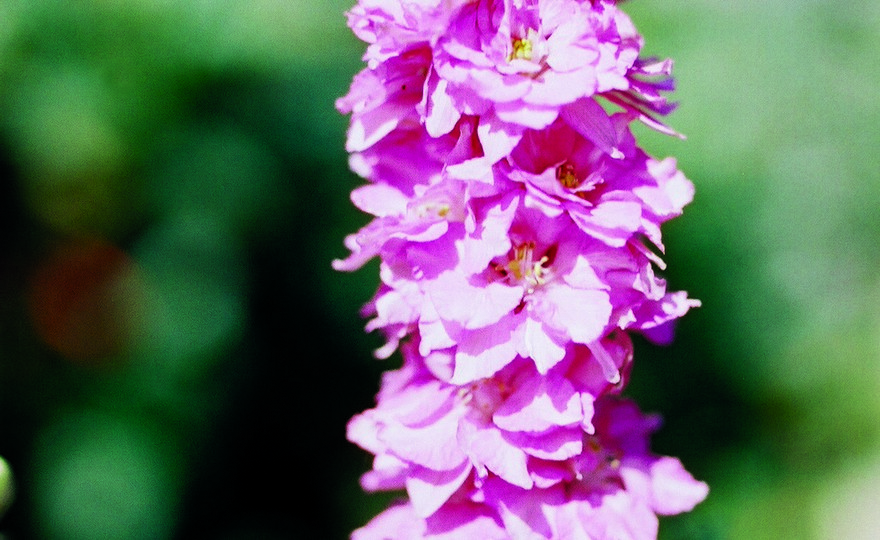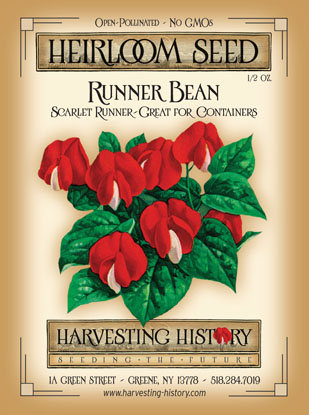
Runner Bean, Scarlet Runner Emperor
-
- **SOLD OUT** HOLIDAY GIFTS **SOLD OUT**
- **SOLD OUT** Holiday Books **SOLD OUT**
- **SOLD OUT** Holiday Citrus **SOLD OUT**
- **SOLD OUT** Holiday Gift Certificates **SOLD OUT**
- **SOLD OUT** Holiday Paperwhites **SOLD OUT**
- **SOLD OUT** Holiday Praying Mantis Kits **SOLD OUT**
- **SOLD OUT** Holiday Tools **SOLD OUT**
- **SOLD OUT** Holiday Wildflower Mixtures **SOLD OUT**
- Citrus Trees
- **SOLD OUT** - Vegetable and Herb Plants - Mix & Match any 6 Plants for $50 - Only Shipped in Quantities of 6
- Elephant Ear Plants & Roots
- **SOLD OUT** 4-Inch Pot Herb Plants **SOLD OUT**
- Rare Plants
- **SOLD OUT** Vining Plants **SOLD OUT**
- Asian Seeds
- Beneficial Bugs
- Books
- Citrus Fertilizers
- Cold-Treated Bulbs - SEE BULBS FOR FALL PLANTING TO ORDER
- Cold-Treated Allium
- Cold-Treated Chionodoxa
- Cold-Treated Crocus
- Cold-Treated Hyacinthoides
- Cold-Treated Hyacinthus Orientalis
- Cold-Treated Narcissus
- Cold-Treated Cyclamineus Narcissus
- Cold-Treated Double Heirloom Narcissus
- Cold-Treated Jonquilla Narcissus
- Cold-Treated Large Cupped Narcissus
- Cold-Treated Poeticus Narcissus
- Cold-Treated Small Cupped Narcissus
- Cold-Treated Species Miniature Narcissus
- Cold-Treated Split Cupped Narcissus
- Cold-Treated Tazetta Narcissus
- Cold-Treated Triandus Narcissus
- Cold-Treated Trumpet Daffodils
- Cold-Treated Ornithogalum
- Cold-Treated Rock Garden Iris
- Cold-Treated Scilla
- Cold-Treated Tulips
- Cold-Treated Emperor Tulips
- Cold-Treated Fringed Tulips
- Cold-Treated Green or Viridiflora Tulips
- Cold-Treated Lily Flowering Tulips
- Cold-Treated Parrot Tulips
- Cold-Treated Peony Flowering Tulips
- Cold-Treated Single Early Tulips
- Cold-Treated Single Late Tulips
- Cold-Treated Species Tulips
- Cold-Treated Triumph Tulips
- Flower Bulbs, Corms and Tubers
- Bulbs for Spring Planting
- Bulbs for Fall Planting - ALL BULBS AVAILABLE ARE COLD TREATED FOR PLANTING AS SOON AS SOIL CAN BE WORKED
- Fall Blooming Bulbs
- Garden Tools & Equipment
- Gift Certificates
- HHH Exclusive Wildflower Mixtures
- Wildflower Mixtures
- Heirloom Garlic
- Potatoes
- Roots & Sets
- Seeds
- Flowers
- Herbs
- Vegetables
- **SOLD OUT** HOLIDAY GIFTS **SOLD OUT**
-
- No products to compare
-
73 in stock
Quick Overview
RUNNER BEAN, Scarlet Runner – Phaseolus coccineus
FULL SUN Native to the Americas, beans were one of the great gifts to the Old World from the New World where they had been cultivated for 10,000 years. Snap beans are meant to be “snapped” from the plant and eaten fresh or steamed. Runner varieties can reach a length of 20 ft. Scarlet Runner is one of the most famous of heirloom beans. It has been cultivated since the 1600s in the US. The vines reach a height of at least 10 ft. The fat, fuzzy pods are 9-12 in. long. Beans are huge and beautiful, either red or purple with black. Unlike most beans, these plants prefer cooler temperatures.
Plant in late spring after danger of frost has passed and the soil has warmed to a depth of 6 in. Runner beans should be planted in hills, 5-6 beans per hill with the hills 3 ft. apart. Use 3 12 ft. bamboo poles, tied together at one end to form a teepee. Bury the free ends of the poles 6-8 in. deep in the hills. Train the vines to grow up the poles.
Runner beans can be easily grown in containers. Plant 6 beans in an 18 in. diameter pot. Use the bamboo pole teepee buried 6 in. in the pot to train the vines.
Beans prefer a light, loamy soil that has been lightly fertilized.
| Type | Spacing | Planting Depth | Days to Germination | Maturity |
| Runner | 8-12 in. | 1 1/2 in. | 7-10 | 110 |

Runner Bean, Scarlet Runner Emperor
Bean cultivation can be traced to the earliest vestiges of human civilization. Beans may have been the first vegetables that mankind learned to cultivate. Fava beans have been found in Neolithic excavations in Switzerland. Chickpeas, favas and lentils have been found in Egyptian tombs, and the Chinese started growing soybeans around 1500 BC. However, many of the beans that we are familiar with today, like the common or kidney, lima and runner bean came from the Americas and were not introduced into Europe until the time of Christopher Columbus. The oldest archaeological evidence of common beans in the New World comes from Tehuacan, Mexico and has been radiocarbon dated to 7000 BC
Runner type beans are so named because of their incredibly long (up to 20 feet) vigorous vines. The half runners are the only runner type beans that have a somewhat compact habit (up to 3 feet). Runner beans are native to Mexico and Central America. In their native habitats, runner beans are perennials which form tuberous (poisonous) roots. However, in temperate climates the roots will not survive the winters. Today most runner beans are grown for their ornamental beauty. Runner vines produce a profusion of pure white, white and red or deep purple flowers. Beans can be eaten when they are very young or after they have been dried.


